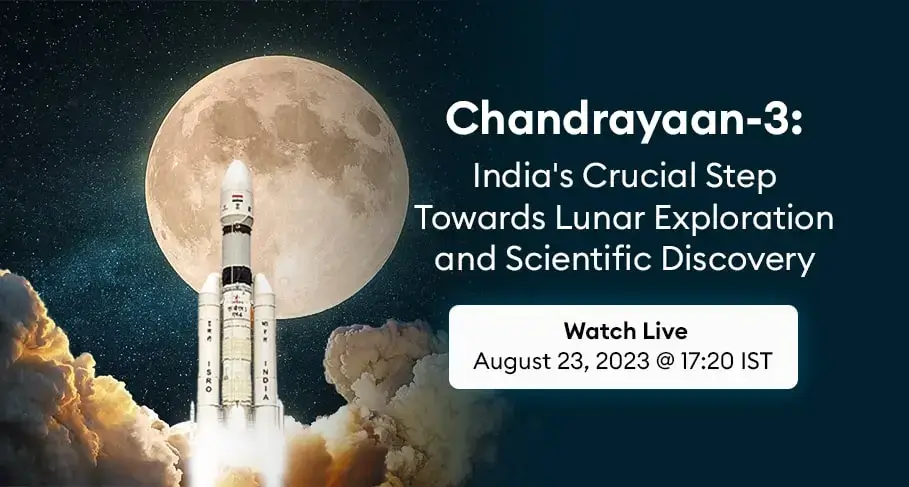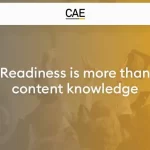India is gearing up for its third lunar mission, which is scheduled to arrive on August 23. The launch of Chandrayaan 3 by the Indian Space Research Organisation (ISRO) is a significant milestone forward for Indian Science, Engineering, Technology, and Industry. India aspires to make history by exploring previously undiscovered moon areas with this historic attempt.
The objectives of Chandrayaan-3, the sequel mission to Chandrayaan-2, are to demonstrate safe and soft landings on the lunar surface, roving on the Moon, and conduct in-situ scientific experiments. On September 7, 2019, Chandrayaan-2 failed in its lunar phase after its lander ‘Vikram’ crashed onto the Moon’s surface due to irregularities in its braking system while attempting a touch landing.
Ahead of Chandrayaan 3 anticipated landing on the Moon, government officials from all states asked higher education institutions and school admissions to witness this historic move by staging a live webcast of its landing.
Credit: ISRO You Tube Channel
The field of space has grown in importance due to its potential and strategic advantages. Space science education is gaining traction in the twenty-first century, and it is perceived to promote Science, Technology, Engineering, and Mathematics.
This historic moon voyage not only highlights an achievement in Indian history, but it may also excite the curiosity of students in science. It is an opportunity for students and teachers to witness firsthand how space exploration differs from what we see in movies.
Aside from successfully landing a rover, the moon mission hopes to inspire the next generation of scientists and explorers and serve as a launching pad for more ambitious lunar expeditions. This mission is a proud chapter in India’s trek to the Moon in the grand tapestry of human space exploration, bringing us one step closer to unravelling the secrets of our celestial neighbour while strengthening the understanding of the universe.


